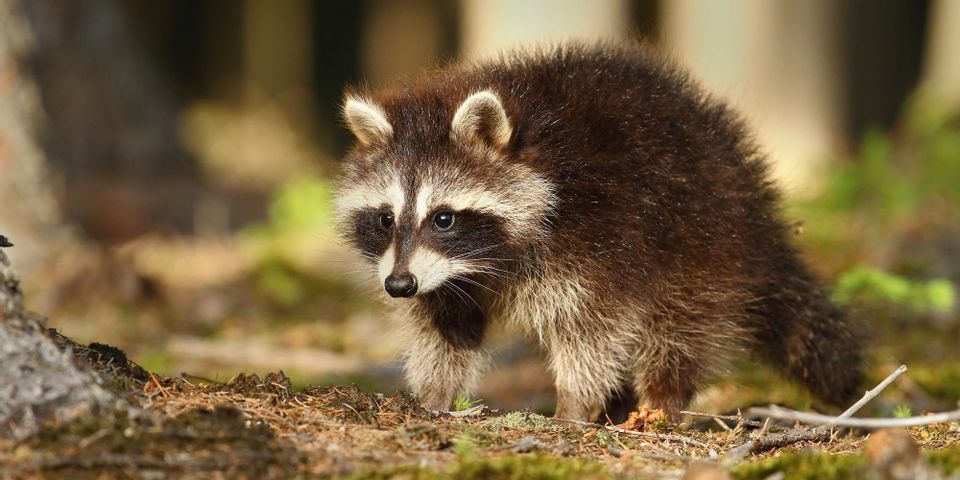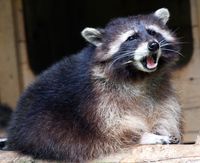4 Ways to Identify Rabid Raccoons

Raccoons are among the most common wildlife in urban areas, so you may notice these critters on your patio, in your attic, or digging through your trashcans. Though they typically won’t harm you if you leave them alone, raccoons with rabies may transmit the disease to humans and pets via their saliva. Before calling for professional wildlife control, learn more about how to identify these sick animals from the healthy ones below.
How to Tell When Raccoons Have Rabies
1. Disorientation
Rabies is a viral infection that causes inflammation of the spinal cord and brain. As a result, rabid raccoons may appear disoriented and confused. For instance, they may react slowly to stimuli, appear unfocused, and move without purpose.
2. Strange Noises
 Raccoons typically chatter with one another and may make louder screeching noises while mating or fighting. However, if you notice a lone raccoon squealing or screeching for no apparent reason, it may have rabies.
Raccoons typically chatter with one another and may make louder screeching noises while mating or fighting. However, if you notice a lone raccoon squealing or screeching for no apparent reason, it may have rabies.
3. Difficulty Walking
Since rabies negatively affects the brain, raccoons with the disease usually struggle to walk normally. They may limp, walk in circles, or appear to have paralyzed legs. Rabid raccoons also generally lack coordination and have slow gaits.
4. Foaming Mouth
Perhaps the most apparent symptom of rabies in raccoons is foaming at the mouth, since the virus causes them to produce excessive saliva. If you observe this symptom in the raccoons around your home, contact a wildlife control company as soon as possible.
If you think you may have rabid raccoons on your property, get in touch with American Bio-Tech Wildlife Services. They offer humane animal removal services and prevention methods to keep bats, opossums, skunks, snakes, woodchucks, rats, mice, and raccoons away from homes and businesses in New Milford, CT, and the surrounding areas. Call (860) 355-1231 if you need wildlife control today, and visit their website to learn more about their services.
About the Business
Have a question? Ask the experts!
Send your question

